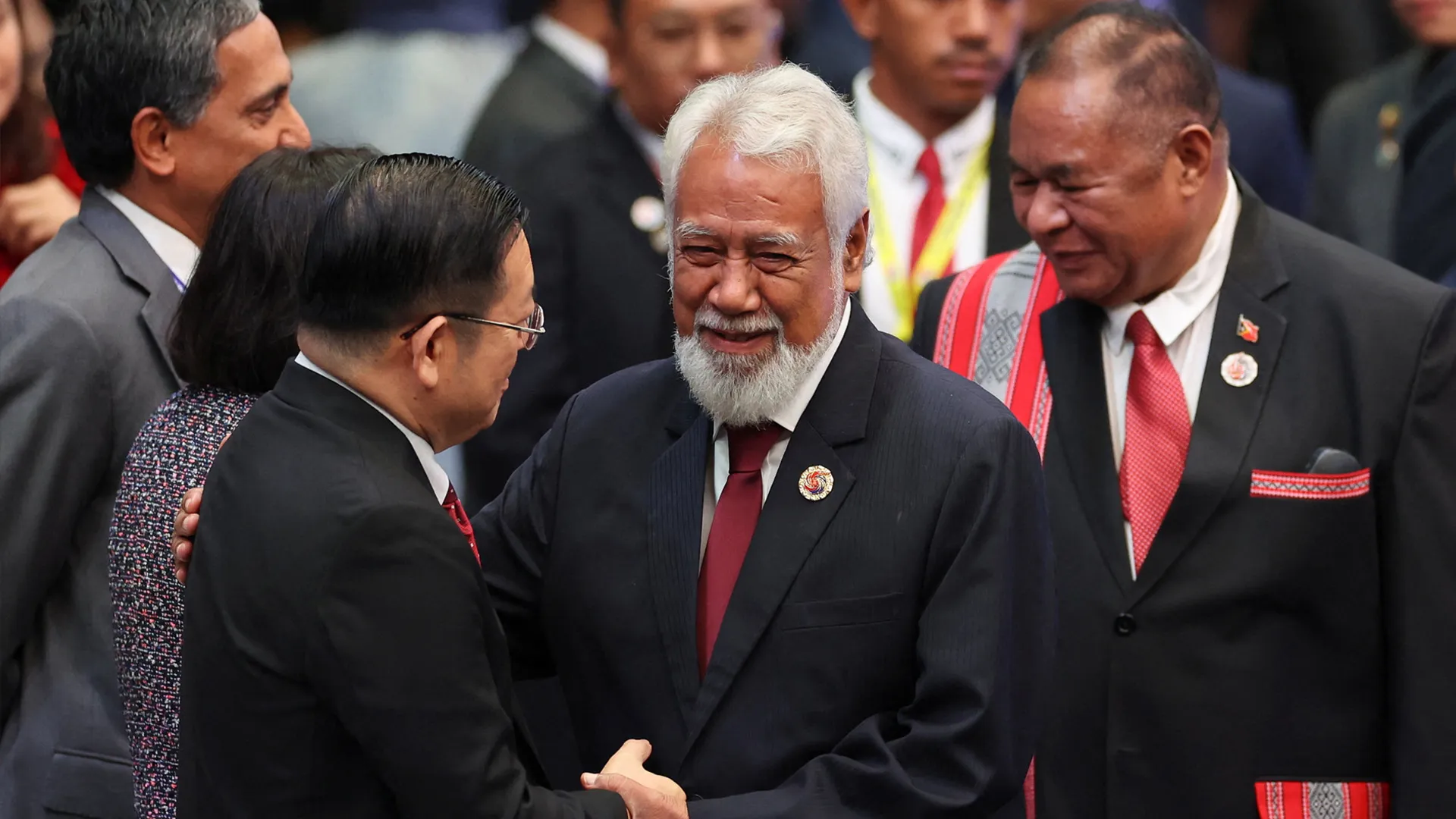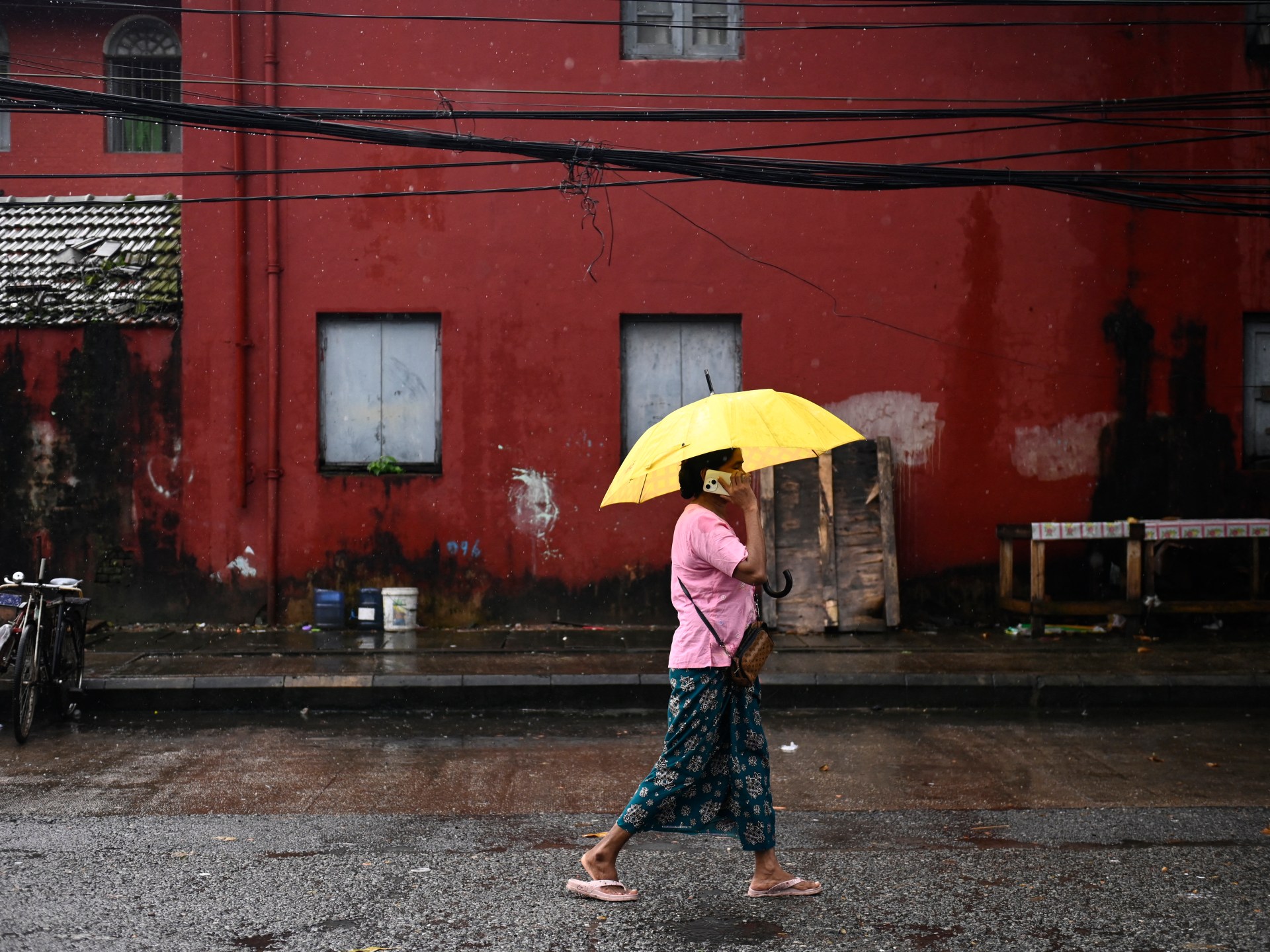South Asia, a crucible of ancient civilizations and modern rivalries, stands at a perilous crossroads. For over two decades, Michael Kugelman, a leading American foreign policy expert and Director of the South Asia Institute at the Woodrow Wilson Center, has meticulously charted its volatile course. His insights reveal a region increasingly caught between the existential dread of nuclear arsenals and the explosive forces of populist narratives and fervent nationalism. The recent, harrowing crisis between India and Pakistan in May 2025 – a conflict that saw missile strikes, drone warfare, and an almost immediate breakdown of a US-backed ceasefire – serves as a chilling testament to these escalating dynamics.
Kugelman’s analysis begins with a foundational, yet often overlooked, truth: South Asia’s inherent fragmentation. “This is a region where you have many countries that simply struggle to get along,” he observes, pointing beyond the omnipresent India-Pakistan antagonism to include fraught relations between Pakistan and Afghanistan, and India’s recurring disputes with its smaller neighbors. Borders, everywhere, are a flashpoint – disputed, porous, or simply volatile.
This chronic discord found its sharpest expression in the May 2025 conflagration. Following a brutal terrorist attack in Pahalgam, India launched “Operation Sindoor,” a series of missile strikes deep inside Pakistan. Islamabad retaliated with “Operation Bunyaan al Marsoos,” deploying its own ballistic missiles and engaging in an unprecedented drone duel. Kugelman notes how quickly the Line of Control (LoC), which had enjoyed a four-year truce, ignited. “Once again, now the LoC is extremely tense and particularly significant, given that you’ve got two nuclear states there,” he underscores, highlighting the hair-trigger nature of this enduring fault line.
The ascent of populist and nationalist politics, particularly in India, has fundamentally altered the calculus of nuclear deterrence, making escalation both more probable and profoundly less predictable. Kugelman argues that the current Indian government has shrewdly harnessed a hardline stance on Pakistan for domestic political gain. The 2019 crisis, unfolding on the cusp of Indian elections, saw New Delhi launch airstrikes beyond Pakistan-administered Kashmir for the first time since 1971. “I think that one could argue that the Indian decision to take the steps that it did… was in some ways driven by considerations about politics,” Kugelman explains.
This phenomenon is not unilateral. Domestic political agendas in both nations frequently weaponize cross-border tensions. Even if the strident rhetoric from nationalist media in India is partly performative, “that still has an impact on how the public, the broader public, looks at and perceives Pakistan.” This creates immense public pressure, demanding forceful retaliation for any perceived slight or attack, as demonstrated by the furious public outcry after the Pahalgam incident in May 2025. “There’s going to be significant amounts of pressure from the public on the government in India… it was very clear that India was going to respond with force,” Kugelman states, emphasizing how deeply public sentiment now intertwines with strategic decisions.
Fuelling this volatile public sentiment is a media landscape saturated with jingoism and, often, outright disinformation. While English-language nationalist channels capture global attention, the broader media sphere across South Asia consistently ratchets up hyper-sensationalism during crises. “It can be very dangerous,” Kugelman warns, “Because… the jingoism also encourages and at times propagates disinformation. And, you know, that in and of itself is very dangerous.” He directly connects this trend to recent conflicts, stating, “on the Indian side, so much of the jingoistic media content was accompanied by disinformation. I mean, oftentimes it was synonymous.” In an age where narratives can be manufactured and amplified at warp speed, this weaponized information environment makes rational de-escalation a monumental challenge.
The rise of cyber warfare, hybrid threats, and widespread disinformation campaigns raises critical questions about the efficacy of traditional nuclear doctrines. While governments are undeniably engaging in these new forms of conflict, Kugelman asserts that they do not diminish the paramount importance of maintaining nuclear preparedness. Both India and Pakistan have shown a disturbing willingness to employ conventional force increasingly, pushing closer to the nuclear threshold. “The more that you use, the higher up the escalation ladder you get,” he cautions, “and the higher you get up, you get closer to bumping up against the ceiling.”
Disinformation, by inflaming passions and deepening animosity, can dangerously accelerate this ascent. Kugelman suggests that these new dimensions of warfare, far from supplanting nuclear concerns, in fact amplify them. “One could argue… cyber warfare disinformation can deepen tensions between two countries that are nuclear and raise the risk, further raise the risk of nuclear escalation.” Compounding this is the ongoing internal debate in India regarding its stated No-First-Use (NFU) nuclear policy, with past statements from senior officials hinting at a potential reconsideration – a move that could further erode predictability in an already volatile environment.
China’s expanding military and economic influence casts an undeniable shadow over South Asia’s security dynamics. Despite recent diplomatic efforts between India and China, including a border agreement in late 2024 aimed at easing tensions, the core strategic competition persists. The May 2025 crisis vividly demonstrated the enduring strength of the China-Pakistan alliance, with Pakistan deploying Chinese-made jets against India for the first time in combat. Kugelman emphasizes that China remains Pakistan’s most critical arms supplier, capable of providing weapons systems that no other partner can match, especially as the U.S. continues to restrict Pakistan’s use of American-made weaponry against India.
China’s economic reach, primarily through the Belt and Road Initiative (BRI) and the China-Pakistan Economic Corridor (CPEC), is region-wide. While Kugelman notes a general slowdown in some BRI projects due to security concerns and economic issues – a trend confirmed by recent reports showing a significant drop in CPEC investment – China’s economic influence remains formidable. “This is really just something consistent that’s been playing out for some time,” he states, highlighting Beijing’s deep, steady penetration into the region, reshaping its strategic calculus.
Amidst these rising pressures, the question of strategic stability looms large. Kugelman offers a cautiously optimistic assessment: “the nuclear deterrent is actually alive and well.” While the May 2025 conflict tested the deterrent in ways not seen since the massive border buildup of 2001-2002, both sides ultimately demonstrated a shared desire to avoid an all-out war. “Neither side wanted an all out war,” he stresses, distinguishing governmental intent from jingoistic public rhetoric. India’s rapid, targeted airstrikes and Pakistan’s contained, albeit forceful, response were, in Kugelman’s view, calibrated moves reflecting a continued respect for the nuclear red line. The fact that India and Pakistan largely managed to negotiate their own ceasefire, rather than relying solely on external mediation, further underscores their grim recognition of the catastrophic stakes.
However, this “alive and well” deterrent is perpetually tested. India’s missile strikes, whether depicted as targeting terrorists or military assets, were unequivocally viewed by Pakistan as a violation of sovereignty. “When it comes to conflict… international normative ideals around respect for sovereignty and territorial integrity… they go out the door,” Kugelman starkly reminds us. The very act of such cross-border retaliation, irrespective of nuclear use, chips away at the foundational principles of statehood and international law, keeping the entire region on tenterhooks.
The path to de-escalation and sustained peace talks remains fraught. The Director Generals of Military Operations (DGMO) hotline, a vital communication channel even during wars, remains open and was utilized during the recent crisis. Beyond this, however, “the two sides just don’t line up when it comes to the issue of dialogue.” India’s unwavering stance against engaging Pakistan until “cross-border terrorism” ceases, combined with its rejection of discussing Pakistan-administered Kashmir, clashes directly with Pakistan’s insistence on Kashmir as a core issue.
Prime Minister Modi’s early attempt at outreach to then-Pakistani Prime Minister Nawaz Sharif, followed by a terrorist attack, appears to have instilled a “once bitten, twice shy” caution. And while Pakistan publicly calls for talks, it too has conditions. Adding to this grim calculus is the recurring “spoiler act”—often a terrorist attack—that invariably derails any nascent momentum toward dialogue. While India traditionally rejects third-party mediation for comprehensive talks, the May 2025 crisis saw a quiet but significant role played by external actors, with the UAE in particular thanked by Pakistan’s Prime Minister for its efforts in de-escalation, building on its prior role in brokering the LoC truce. This suggests that limited, targeted mediation for specific de-escalation objectives might be the only viable avenue for external engagement.
In a world increasingly consumed by its own inward-looking concerns, the question of who will fill the potential vacuum in South Asian peace looms large. Kugelman offers a sobering answer: “the region is going to be on its own.” While major powers like the U.S., Russia, and China broadly align in their desire to prevent nuclear escalation—a shared concern often rooted in their own vested interests in regional stability—their capacity and willingness for sustained, comprehensive mediation are limited. China, despite its rivalry with India, has massive investments in Pakistan that it cannot afford to see imperiled. Russia seeks new friends amidst its isolation. The U.S. balances critical interests with both India and Pakistan, making broad intervention fraught.
Yet, amidst this potential vacuum, Kugelman identifies a crucial, if understated, role for regional powers with significant leverage. He points specifically to the Arab Gulf states. “They provide significant amounts of energy exports and other goods,” he explains, giving them economic sway. Furthermore, the UAE’s successful role in brokering the LoC truce demonstrates a capacity for targeted, effective mediation. These nations, though not global superpowers, may be best positioned to “suggest incentives for India and Pakistan to ensure that things don’t get completely out of control.”
South Asia, a region of immense human potential, finds itself perpetually walking a razor’s edge. The interplay of nuclear might, emotionally charged narratives, and aggressive nationalism threatens to pull it closer to the abyss. Michael Kugelman’s sharp analysis reminds us that while the nuclear deterrent may still hold, its resilience is being tested as never before, demanding sustained vigilance and creative diplomatic solutions from within and, perhaps, from unexpected corners of the world.




